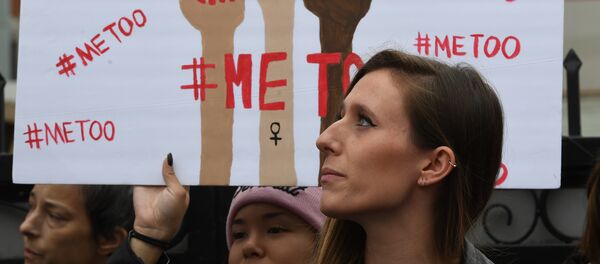The Norwegian Institute of Occupational Health (Stami) concluded in an earlier cross-industry survey that both sexes are exposed to harassment in the workplace.
"Contrary to traditional perceptions, there are as many men as women who are exposed to sexually offensive behavior and acts." the Norwegian Institute of Occupational Health wrote.
According to the Bergen Bullying Research Group, men and woman are on par in reporting harassment, although more women than men describe themselves as targets and victims.
However, neither of the studies on sexual harassment, Lavik argued, takes into account the indefinite number of cases which men choose to not report for psychological reasons.
"Pinching the behind and fidgeting around the zipper, followed by a sleazy comment on what the female boss could think of doing. Some men might just laugh. But many don't. Or maybe they do, but nervously, in an affected way, with a sore gnawing lump in the throat," Lavik wrote in an opinion piece for the national broadcaster NRK, arguing that different people have different boundaries for what's acceptable, regardless of their gender.
According to Lavik, for many men, to admit to having been sexual harassed is to break the idea of manhood, which is associated with power, strength and control. Victimhood is by many considered a "female problem," which is why few men are eager to admit to such problems. Not necessarily for fear of direct reprisals, but because many are terrified of being derided by colleagues and superiors, who may share similar normative views.
"The number of men who either deliberately or because of psychological defense mechanisms embellish the truth is therefore unknown, but there is no doubt that such a phenomenon exists," Lavik wrote, admitting that he himself once lied on the issue of the severity of sexual offences in an internal survey.
"Managers should also emphasize that men are as vulnerable to sexual harassment as women, and make sure that this is not embarrassing, unmanly nor ridiculous to report," Lavik argued.
All staff, from executives down to cleaning workers should be able to participate in the process. In addition, confidentiality must be ensured if desired, Lavik concluded.




